The blue pigments allowed to be added to food in my country include gardenia blue pigment, phycocyanin and indigo. Gardenia blue pigment is made from the fruit of Rubiaceae gardenia. Phycocyanin pigments are mostly extracted and processed from algal plants such as spirulina, blue-green algae, and nostoc. Plant indigo is made by fermenting the leaves of indole-containing plants such as indigo indigo, woad indigo, wood indigo, and horse indigo. Anthocyanins are also common pigments in food, and some anthocyanins can be used as blue colorants in food under certain conditions. Many of my friends tend to confuse the blue of blueberry with the blue of phycocyanin. Now let's talk about the difference between the two.
Phycocyanin is an extract of spirulina, a functional raw material, which can be used as a natural pigment in food, cosmetics, health care products, etc.
In Europe, phycocyanin is used as a color food raw material and is used in unlimited quantities. In countries such as China, the United States, Japan, and Mexico, phycocyanin is used as a source of blue color in various foods and beverages. It is also used as a coloring agent in nutritional supplements and pharmaceuticals in amounts ranging from 0.4g-40g/kg, depending on the depth of color required for the food.
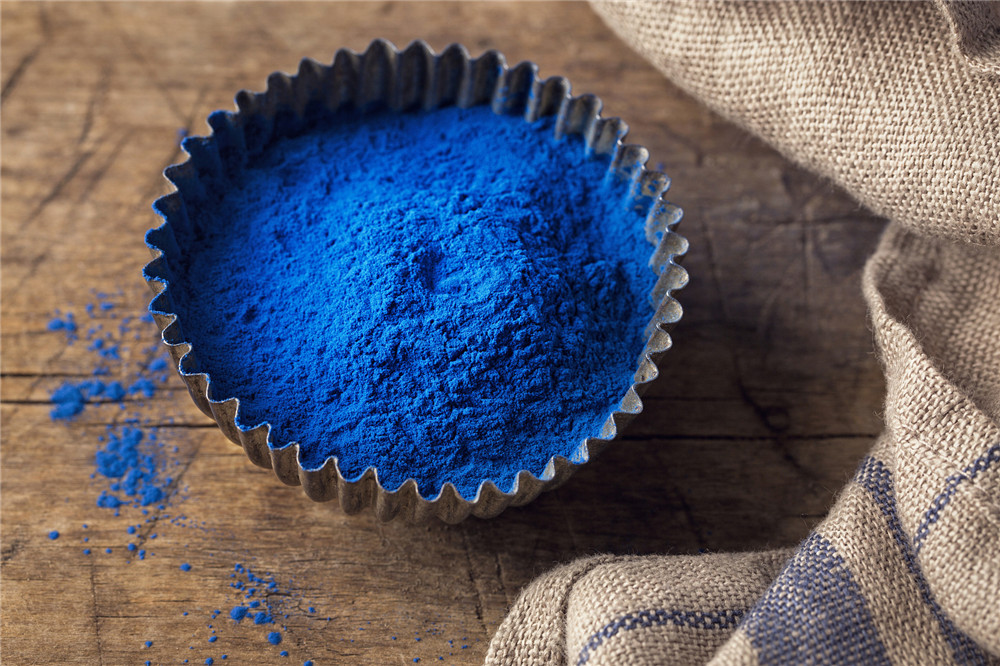
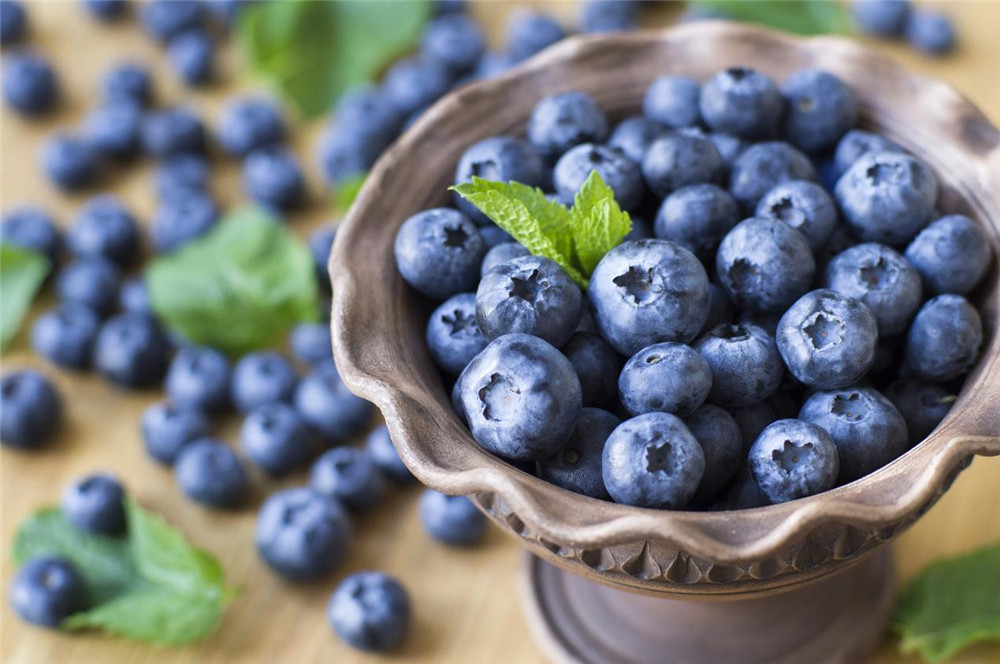
Blueberry
Blueberry is a food that can directly display blue. There are very few foods that can display blue in nature. It is also known as lingonberry. It is one of the small fruit tree species. It is native to America. One of the blue foods. Its blue-colored substances are mainly anthocyanins. Anthocyanins, also known as anthocyanins, are a class of water-soluble natural pigments that widely exist in plants. They belong to flavonoids and mostly exist in the form of glycosides, also known as anthocyanins. They are the main substances for the bright colors of plant flowers and fruits. Base.
The blue and blueberry blue sources of phycocyanin are different
Phycocyanin is extracted from spirulina and is a blue pigmented protein. Blueberries get their blue color from anthocyanins, which are flavonoid compounds, water-soluble pigments. Many people think that phycocyanin is blue, and blueberries are also blue, and they often cannot tell whether the food is added with phycocyanin or blueberries. In fact, blueberry juice is purple, and the blue color of blueberries is due to anthocyanins. Therefore, the comparison between the two is the comparison between phycocyanin and anthocyanin.
Phycocyanin and anthocyanins differ in color and stability
Phycocyanin is extremely stable in liquid or solid state, it is clear blue, and the stability will decrease obviously when the temperature exceeds 60°C, the color of the solution will change from blue-green to yellow-green, and it will fade with strong alkali.
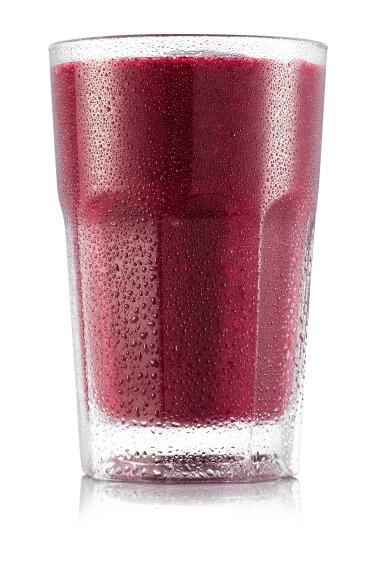
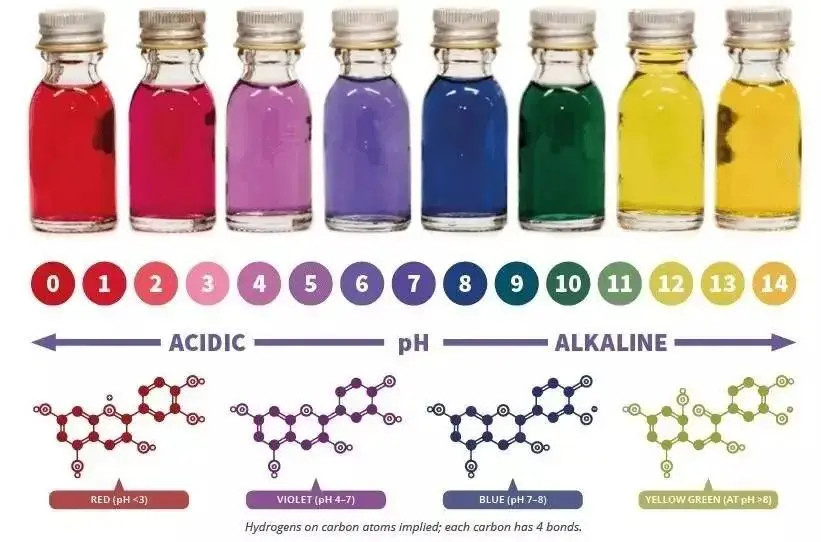
Anthocyanin powder is deep rose red to light brown red.
Anthocyanin is more unstable than phycocyanin, showing different colors at different pH, and is very sensitive to acid and alkali. When the pH is less than 2, the anthocyanin is bright red, when it is neutral, the anthocyanin is purple, when it is alkaline, the anthocyanin is blue, and when the pH is more than 11, the anthocyanin is dark green. Therefore, generally the drink added with anthocyanin is purple, and it is blue under weak alkaline conditions. Drinks with added phycocyanin are normally blue in color.
Blueberries can be used as natural food coloring. According to the American Health Foundation, early American residents boiled milk and blueberries to make gray paint. It can be seen from the blueberry dyeing experiment of the National Dyeing Museum that blueberry dyeing is not blue.
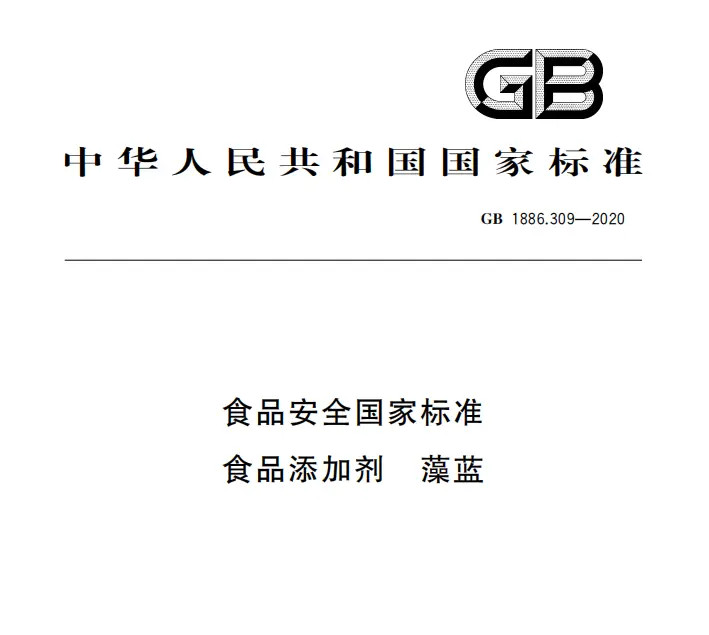
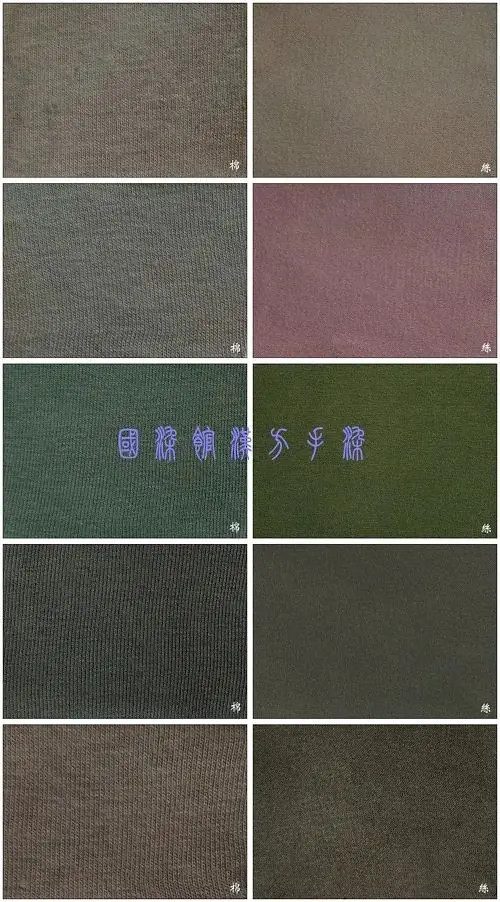
Phycocyanin is a blue pigment that is allowed to be added to food
The raw materials of natural pigments come from a wide range of sources (from animals, plants, microorganisms, minerals, etc.) and various types (about 600 species have been recorded as of 2004), but the natural pigments made from these materials are mainly red and yellow. Mainly, blue pigments are very rare, and are often mentioned in the literature with words such as "precious", "very few", and "rare". In my country's GB2760-2011 "Hygienic Standards for the Use of Food Additives", the only blue pigments that can be added to food are gardenia blue pigment, phycocyanin, and indigo. And in 2021, the "National Food Safety Standard - Food Additive Spirulina" (GB30616-2020) will be officially implemented.
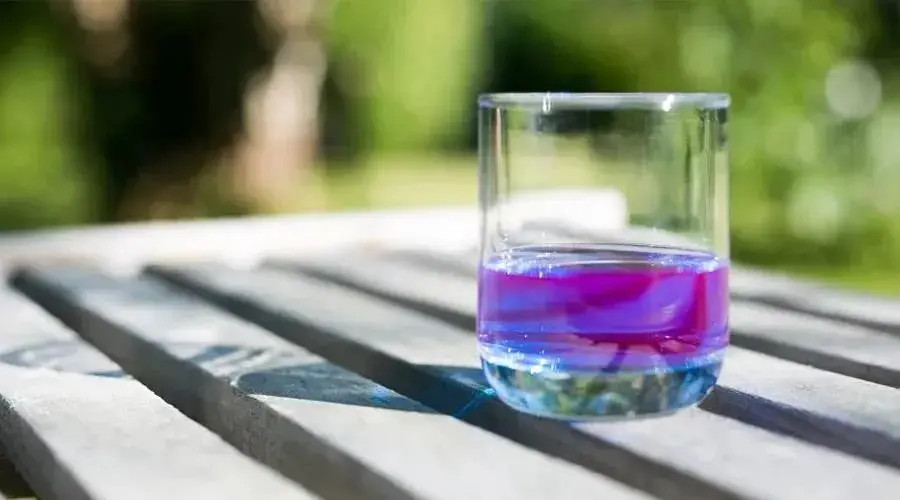
Phycocyanin is fluorescent
Phycocyanin is fluorescent and can be used as a reagent for some photodynamic research in biology and cytology. Anthocyanins are not fluorescent.
Summarize
1.Phycocyanin is a protein pigment found in blue-green algae, while anthocyanin is a pigment found in various plants that give them a blue, red, or purple color.
2.Phycocyanin has different molecular structures and compositions compared to anthocyanin.
3.Phycocyanin has exhibited various health benefits, including antioxidant and anti-inflammatory effects, while anthocyanin has also been shown to have antioxidant and anti-inflammatory properties, as well as potential benefits for cardiovascular health.
4.Phycocyanin is used in various food and cosmetic products, while anthocyanin is often used as natural food coloring or supplements.
5. Phycocyanin has a national food safety standard, while anthocyanin does not.
Post time: Apr-26-2023









